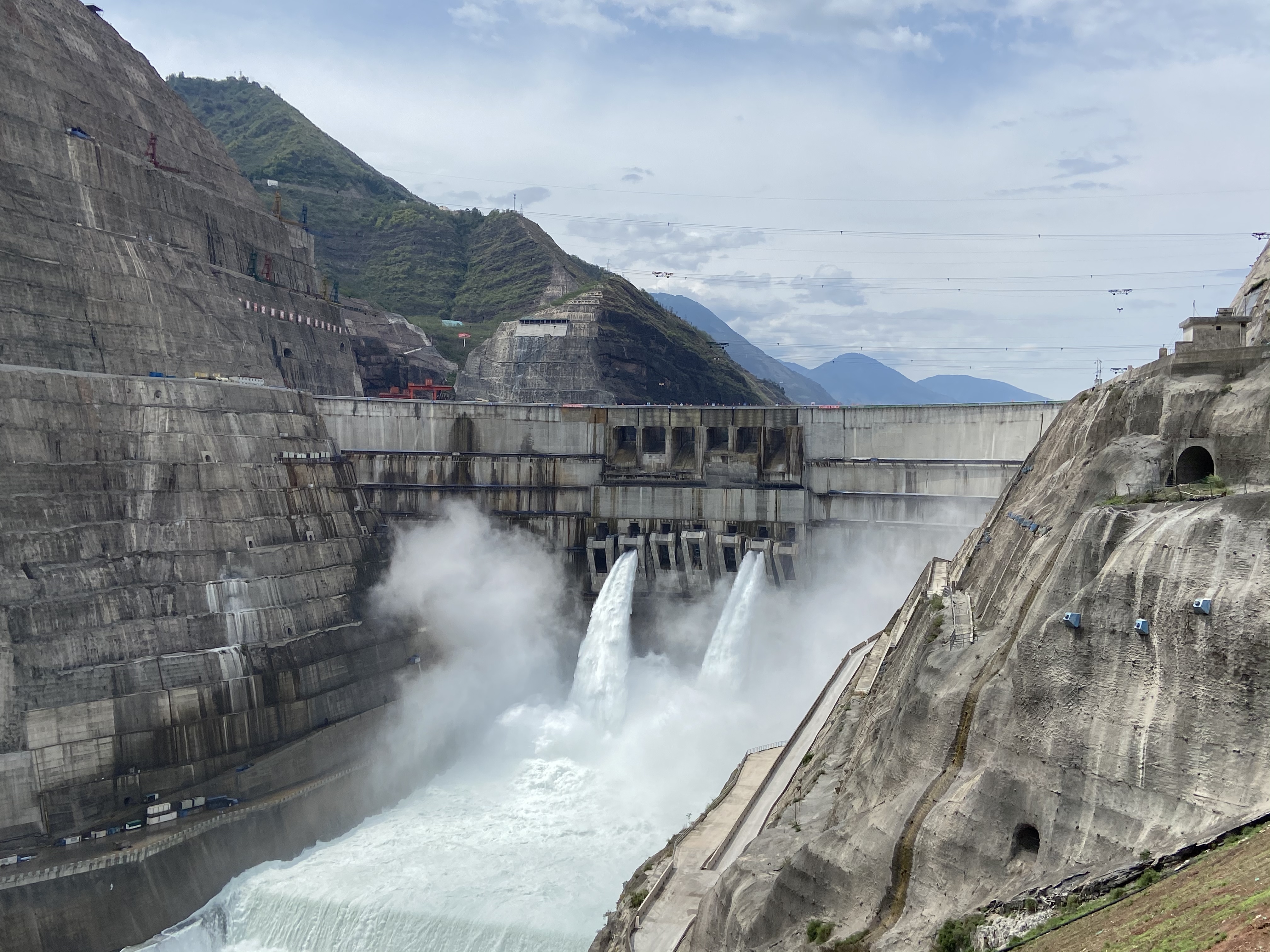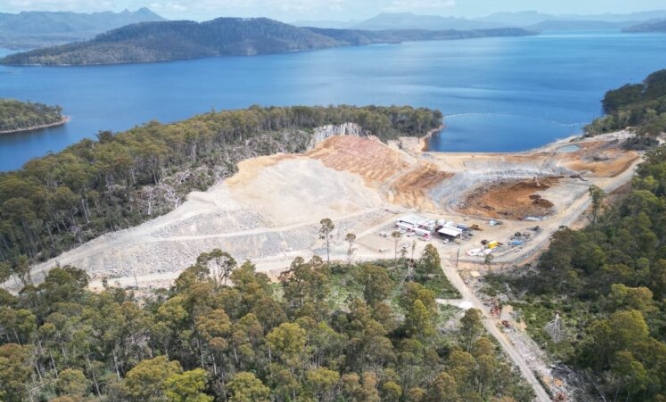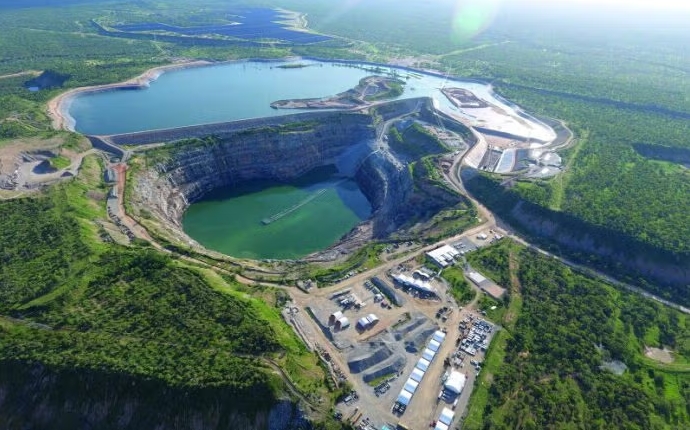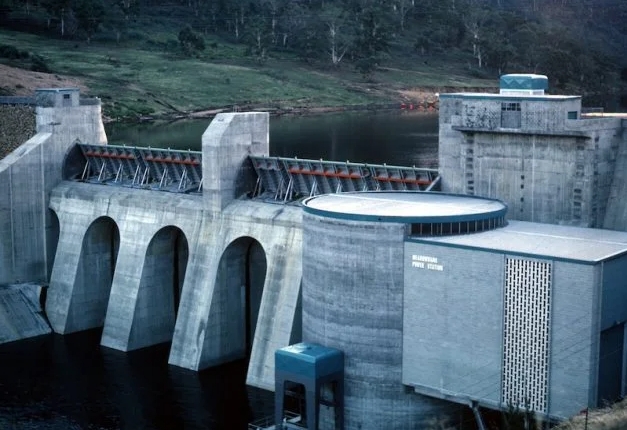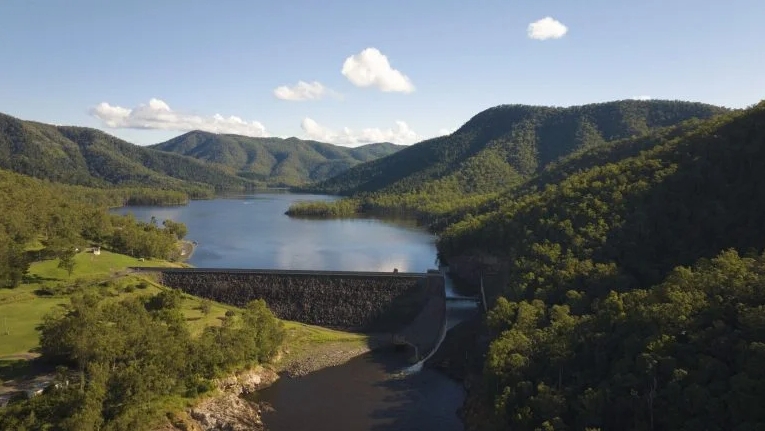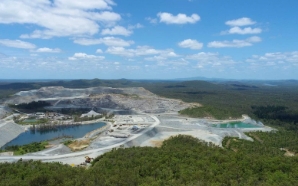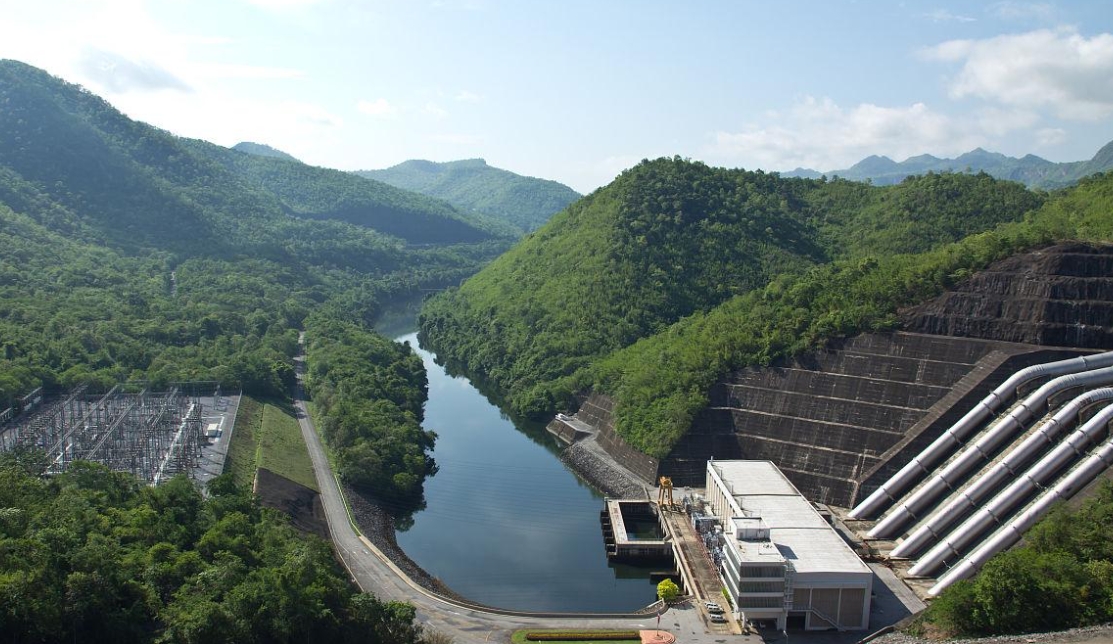The HDD technique is being employed to create 2.2km-long boreholes from Lobs Hole to Marica. Initially, these holes measure 300mm in diameter and cover an elevation difference of 650m. Two drilling operations, one from the top and one from the bottom, are underway, and they will converge to form a continuous borehole before being expanded to a diameter of 660mm.
Will Binsted, the construction manager for Snowy 2.0 at Lobs Hole, highlighted the need for exceptional skill in maintaining directional control while operating a drill string up to 1.8km long. The project has enlisted the services of HDD company Michels.
These boreholes serve the purpose of eliminating the necessity for constructing approximately 5km of roads and excavating up to 60m deep cuts in the steep terrain, thereby minimizing environmental impacts.
HDD techniques will also be applied to pass services beneath the Snowy Mountains Highway and waterways across the plateau, leading to the Tantangara worksite.
At Marica, the 28m-diameter headrace surge shaft has reached one-fifth of its final depth of 263m, with drill and blast activities now underway. To load excavated rock, two 25-tonne capacity hoisting buckets, or kibbles, are being utilized. As the shaft exceeds a depth of 50m, an integrated work platform and personnel hoist are being installed to facilitate worker access. Ventilation ducts have also been put in place.
In Talbingo, the tunnelling of the tailrace adit has been successfully completed. The TBM, Lady Eileen Hudson, is currently excavating the tailrace tunnel alignment and heading toward the power station complex. This marks the initiation of the first power waterway within the Snowy 2.0 project.
Excavation progress is ahead of schedule, with over 26m recently excavated in a single day. The tailrace tunnel measures 6km in length, and TBM excavation will continue through mid-2025, according to Binsted.
Snowy 2.0 is Australia's largest renewable energy project currently in development and will play a central role in the country's transition to renewable energy sources. Upon completion, it will provide 2,200MW of dispatchable electricity. The target date for the commercial operation of all units is December 2028, with the first power expected in the second half of 2027.
